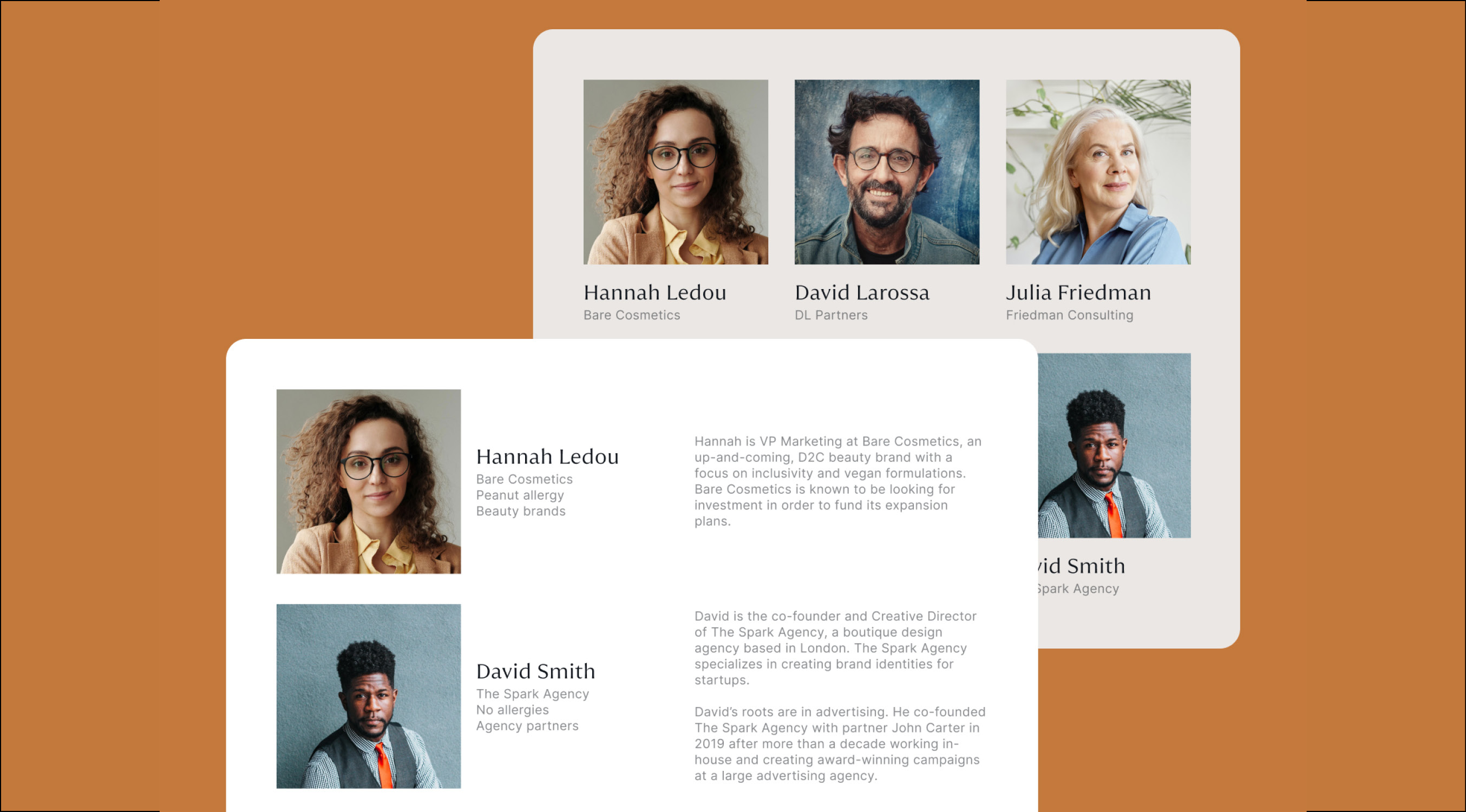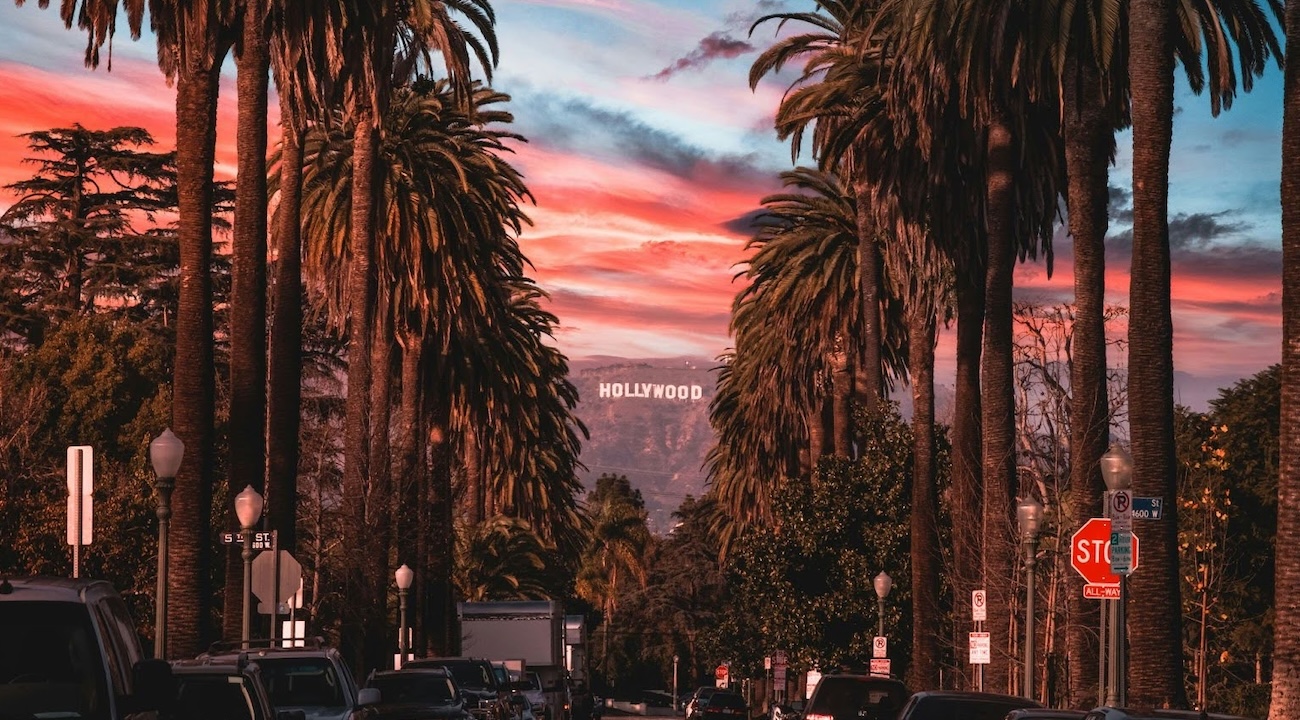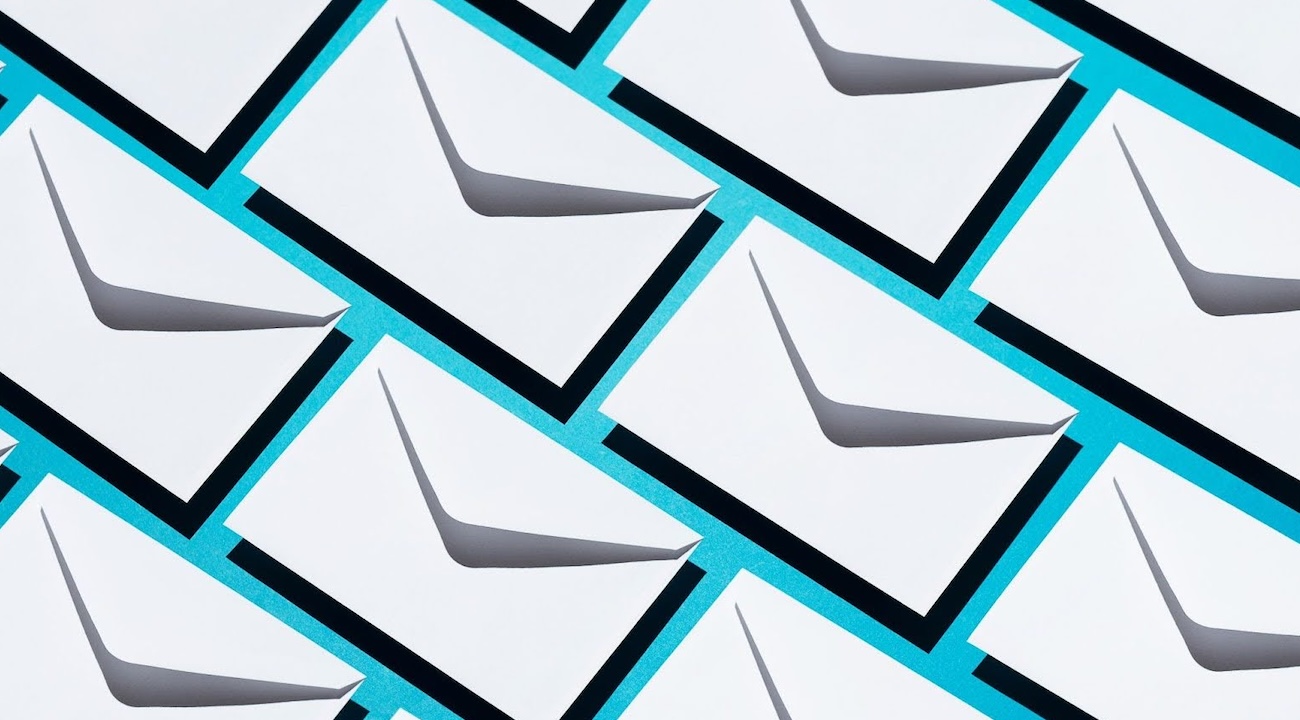Do you know the biggest mistake an event planner can make?
No, it’s not miscalculating the size of the venue or setting up a painful check-in procedure (although both of these can land you in hot water too). The biggest mistake is designing an event that doesn’t have strong mechanisms in place to grab and hold your attendees’ attention.
“But if people decided to pay for and attend my event, they’ll certainly stay focused,” you may be thinking. But as the American writer Matthew B. Crawford notes, “Attention is a resource; a person has only so much of it.”
So how is this affecting your attendees’ event experience? That limited attention span can also diminish people’s learning abilities. If you can’t grab and hold your attendees’ attention, they’ll be disengaged and unfocused, and they'll be less likely to retain information about your event or have a memorable event experience. Here's what you can plan differently in response.
Step 1: Create a sense of narrative throughout your event
What’s the number one reason why people prefer to redirect their attention to anything else other than the event they are attending? Simple: they got bored. Here’s a big secret: even those much-loved TED conferences can be boring. Think about it: you sit and listen to 20-minute speeches all day, lots of speakers, the same format, the same dynamic, the same space, and on and on.
The individual speeches can be fascinating, but even eager listeners might find their attention a little dulled after a marathon session of speakers. Think of your event like a three-act play. It needs momentum and variation to keep it captivating.
The beginning introduces what people need to know about the story, the middle builds drama higher and higher, and the ending ties the narrative together into a satisfying (or expectation-defying) conclusion. You don’t have to be an accomplished dramaturge to apply the same principles to your event. Try offering your attendees a series of different dynamics, sessions, workshops, conferences, labs, etc. at the same event.
Let’s take, for example, the Conventa Crossover event experience. The meeting space and format had everything from a content bar (speakers presenting their Pecha Kucha slides) to marketing rings (real boxing rings for speakers) and panels on barrels (panelists seating on barrels, instead of traditional chairs and tables).
It’s much harder for guests to get bored and let their attention drift away when each new leg of the event brings them into the present and asks them to try something new.
Step 2: Subvert typical expectations
Powerful feelings keep guests engaged. And often what people feel is rooted in what they expect, so when an experience defies expectations (for the better!), people pay attention.
Think about the Official Ralph Lauren 4D Holographic Water Projection, a virtual fashion show with holograms in New York City's Central Park. Not only is it visually interesting, it takes guests out of the realm of familiar day-to-day experiences and firmly keeps them held in the present moment.
Fully immersive experiences that captivate the audience have become the norm for the fashion industry, where frequent innovations give event planners a lot to learn. According to the runway experimenter Hussein Chalayan, technology allows people to have an omnipresent and absolute interaction with the fashion world. Chalayan argues, “I'm excited about it because it gives the viewer an experience removed from both space and time.”
This new type of engagement helps attendees experience new emotional and mental states, immersing them completely in the event experience. So for your events, think about how you can immerse your guests in an experience that isn’t typical. Maybe it’s a keynote speaker who doesn’t typically give speeches, or perhaps a familiar venue transformed into an exotic layout just for the event.
Step 3: Eliminate distractions
Keep it simple. This rule goes for everything, events included. Don’t confuse your attendees by having them use different event apps for interactions, checking the event program, and constantly prompting them to check in on social media during your event.The more you leave opportunities for your attendees to be somewhere else mentally, the more you reduce their attention span.
Even world-famous singers need a little help sometimes. According to a Guardian article, during a concert, Alicia Keys used lockable pouches into which guests had to place their phones. Their full attention was on the music instead of on recording it or posting photos on social media.
It’s up to us to design thoughtful experiences that provide everything needed in the moment, and nothing more: keep things clear and focused, and you make it easier for your guests to do the same.
One of the best ways to do this in the planning phase is to step out of your own shoes for a moment and fully imagine that you are your own guest. Walk yourself through the event - read your own invitation and event program, try the activities, and watch some videos of the keynote speakers or performers. Then think what you can change to make it easier, faster, simpler, and more enjoyable if you were your own guest.
Final thoughts
As Matthew B. Crawford asks himself, “What if we saw attention in the same way that we saw air or water, as a valuable resource that we hold in common? Perhaps, if we could envision an ‘attentional commons,’ then we could figure out how to protect it.”
The same thing works for your attendees. Their attention is a scarce resource, and most probably, they’ll feel tempted to use it on their digital distractions, such as checking their newsfeeds or responding to a constant stream of messages and notifications.
So grab hold of their attention with your most powerful tool: your event itself. Eliminate the distractions, create a compelling storyline throughout your event, and surprise and delight your guests. They’ll notice the difference, and so will you!
Victoria Rudi is a professional content creator & strategist for event magazines, startups, and apps. She covers topics such as event logistics & technology, attendees' psychology, event communication & marketing, gamification, etc. Stay in touch by connecting with Victoria on Twitter.



